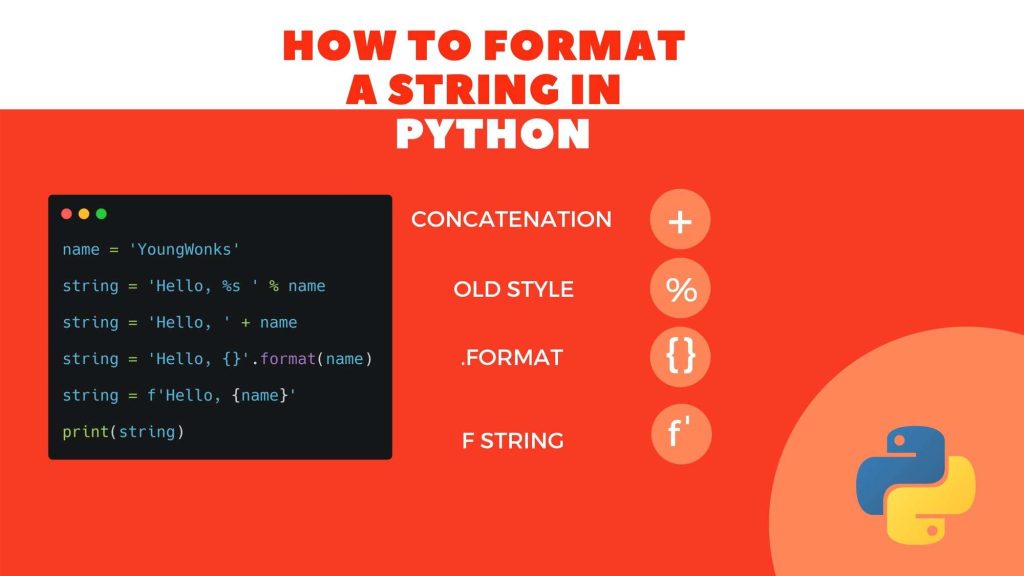
Python string Python string length using len() method
Before we start learning about Python String Length by utilizing the len() method, let us have a brief understanding about Python first.
A bit about Python
For starters, Python is a high level programming language of general purpose. It has a design philosophy which emphasizes on easy readability of code via usage of worthwhile indentation. It has unique language constructs, which when combined with its object-oriented approach, help programmers create clean and logical code for multiple projects regardless of size.
Python is typed dynamically, and has a garbage collecting mechanism. Meaning the language is capable of supporting multiple programming purposes, especially procedural programming along with functional and object oriented programming. Thanks to its comprehensive standard library, it is often described in colloquial terms as a fully loaded language.
It is because of its comprehensiveness that it is consistently ranked as one of the most popular programming languages. Despite its wide array of usage, it is not used in web design.
Looking for items stored in a data structure
There will be situations where coders will need to find the number of items stored in a data structure. Python has a built-in function known as len(). It is a tool that will help coders with this task.
There are some cases where the use of len() is a pretty straightforward task. Yet, there are other instances when coders and developers alike will need to understand how this function works in detail.
Moreover, they also will need to apply it in different kinds of data, especially the python string and in determining python string length. The following tasks are the reason why the len() method is used:
- Finding the length of built-in data types using len().
- Using len() with different kinds of third-party data.
- Provision of support for len() with user-defined classes.
Now let us understand the len() method of python.
The Python len () function is often used to calculate the length of the list in the list in Python. The function is inbuilt in Python that helps return the Python string length (i.e. number of characters) in Python.
The parameter of len() Function
The len() function takes a string or list of elements as a parameter in coding.
What is the syntax of the len() function?
The len() function’s syntax is len(string).
Strings in Python
This returns the number of characters present in the Python String. It includes punctuation, space and all kinds of special characters. Yet, developers and coders should be very careful while using len of a null variable.
Empty
Empty is a second return call having zero characters. Yet it is usually none, i.e. empty.
Collections
The len() built-in function returns a certain number of elements present in a collection of Python String.
TypeError
Len() function depends on the type of the variable passed to it. A non-type however does not have any in-built support.
Dictionary
For it, each pair is usually counted as one unit. However, values and keys are dependent.
Return value of len() Function Python
The output prints the length of string python, or the number of elements which are present in the list. However, iut should be understood that if an invalid argument is passed, then a TypeError Exception will rise.
Code to find the length of a string in Python
Those who wish to use code to find the length of String Python, here is an example they should follow to obtain python string length:
Stringlength = ‘stechies’
print(“String Length: “.len(stringlength))
The output is hence String Length: 12
Finding the length of a given string another way

Here is how the length of string python can be found another way:
# testing len()
Strl = “Python Tasks in progress”
Print (“the length of the string :”, len(stril))
Output
The length of string python is : 23
Determining the length of the list in Python made easy
# to determine the length of the list
List1 = [“John”, “Marcus”, “Nelson”, “Ryan”, “Mitchell”]
print(“The length of the list is”, len(list1))
Output
The length of the list is 5
Determining the number of elements present in a list in Python
Here is how it is done:
#!/usr/bin/python
listA, listF = [888, ‘alpha’, ‘taurus’, ‘pistol’, ‘kite’, ‘light’], [999, ‘abc’, ‘victoria’, 888]
Print(“Length of list A : “, len(listA))
print(“Length of list F : “, len(list F))
Output
Length of list A: 6
Length of list D: 4
Finding out the length of a tuple in Python
# to determine the tuple’s length
Tup = (‘Earthquake’, ‘Galaxy’, ‘Giants’, ‘Dolphins’)
Print (“The length of the tuple is” , len (Tup))
Output
The length of the tuple is 4
Calculate the length of a string in Python without the use of the len() function
However, if coders and developers would like to find the length of string python without using the len() function, they can follow the example below:
Def string_length(s):
If s == “: return 0
Return 1+ string_length(s[1:])
Len = string_length(“Enter String :”)
print(“The length is :”,len)
Output
(‘The length is :’, 21)
Over to you
As boring as it may seem, this is how the length of string python using the len() method is done in Python. Coders and developers who are familiar with it can teach this to young and inexperienced developers so they can become fluent in the programming language quickly.




